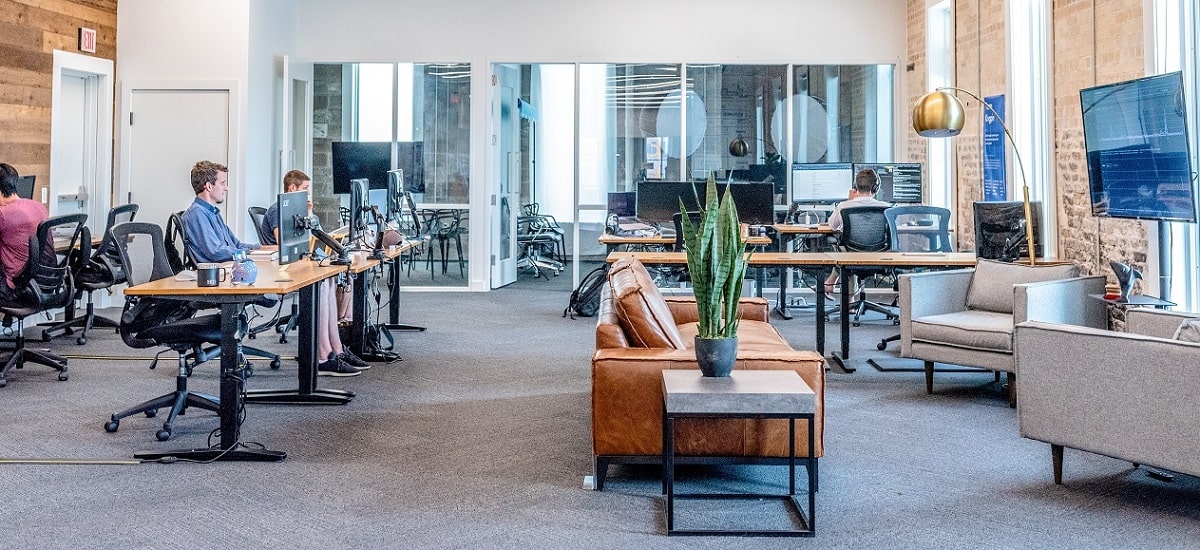
Important Highlights:
Tampa Bay:
- Hillsborough and Pinellas Counties’ unemployment rate of 2.6% is drastically lower than the nation’s rate of 3.7%.
- Year over year, average asking rates remained the same, falling by little than 1 cent per square foot.
- The Tampa Bay area continued to win awards for its workforce, with Lightcast ranking Florida as the top state and Hillsborough as the eighth-best county for talent attraction in 2022.
Office Market:
- Vacancy increased to just over 20% primarily due to the increase in large sublease space that came back to the market totaling Approx. 900,000 SF
- Leasing activity was robust, over 3 million SF leased but did not hit record-breaking numbers in 2021. Over 80% of the activity was accounted for in Hillsborough County and a substantial decrease in Pinellas County. Westshore experienced the most leasing activity.
- Direct Face Rents were up over 1% compared to Q4 2021.
- Direct absorption trended favorably, finishing the year with more than 105,000 square feet. In addition, the main submarkets’ combined direct absorption of 535,000 square feet per year, comprising Westshore and CBD markets, highlights those submarkets’ demand under the current economic uncertainty.
Let’s Talk Rent Numbers:
| Submarket | Overall Average Asking Rent-All Classes | Overall Asking Rent Class A |
| Westshore | $34.01 Sq. Ft. | $38.81 Sq. Ft. |
| Downtown Tampa | $29.19 Sq. Ft. | $31.95 Sq. Ft. |
| Northwest Tampa | $26.17 Sq. Ft. | $28.19 Sq. Ft. |
| South Tampa | $23.82 Sq. Ft. | N/A |
| I-75 Corridor | $26.08 Sq. Ft. | $27.22 Sq. Ft. |
| Downtown St. Petersburg | $28.29 Sq. Ft. | $34.61 Sq. Ft. |
Building Highlights:
- Despite the current economic instability, such submarkets continue to be in great demand. As they search for space in mixed-use buildings, Tenants like Aviation Authority, White & Case, and Primo Water moved into 174,000 s.f. of new construction in Westshore and Tampa CBD this year. Companies believe these mixed-use developments may entice workers back to the workplace.
- A focus on a flight to quality buildings providing Tenant focused amenities and strategically located where employees currently live, near their grocery store, gym, and where they spend free time.
2023 1st Quarter Forecast:
- The regularity for businesses to invite workers back into the office will continue to rise. In order to sustain teamwork, camaraderie, and creative collisions, those that have flexible schedules may find it advantageous to base their scheduling on personnel who operate in the same teams or departments.
- If a business delays office space matters [renewing a lease vs. relocating] until the last minute, Tenants will find themselves at a disadvantage, with few alternatives, and minimal, if any leverage with negotiating based on the construction timelines and competing for availability in popular submarkets such as Westshore and Downtown Tampa.
- Tampa Bay will continue to see out-of-state businesses migrate and expand to Tampa Bay.
- Demand for under 5,000 SF office space could continue to remain high
What does this mean for Tenants?
- Evaluate what is the best long solution for your company. What is best for the long-term well-being of the company. In a world where some work is moving more remote, how could mentoring, professional growth, and possibilities for younger employees look? Is it a hybrid, remote, or in-office job?
- Vacancy rates continue to be lower in comparison to those in other major US cities and are not feeling the same “pain” despite the fact that Landlords are more prepared to offer rent abatement and increased Tenant Improvement allowance due to high construction costs.
What does this mean for Landlords?
-
In order to provide at least basic building standards and Tenant specific finishing, Landlord’s must consider increasing Tenant Improvements allowances for construction expenses to compete for the right Tenants.
-
Profit margins will be impacted by inflation, but increased rents and 3-4% annual increases can aid in the impact of inflation.
-
Capturing Tenants will be easier when Landlord’s provide turn-key spec office spaces that are move-in ready for companies with pressing deadlines.



